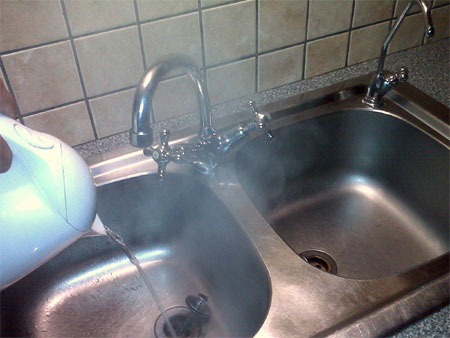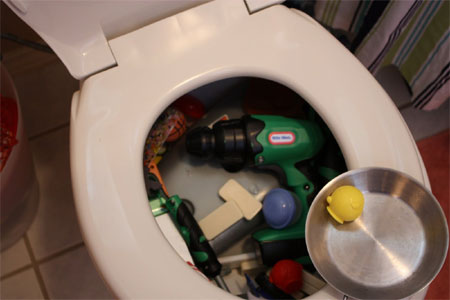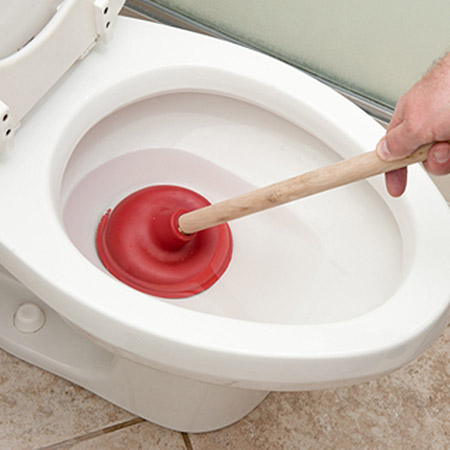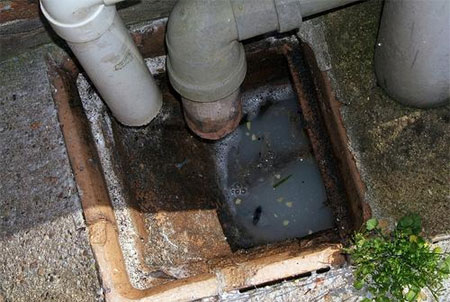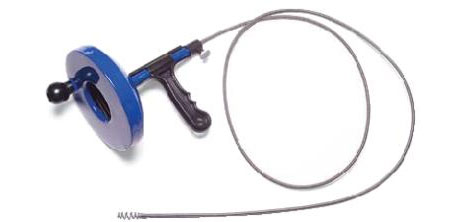Why do Drains Block?
A twice yearly inspection may not stop drain blockages entirely, but it will prevent a big build up that could cause flooding.
18/01/2022
Imagine standing in the shower with water up to your ankles, or spending essential 'reading' time on the toilet and then it won't flush! Most blockages are due to poor maintenance and bad habits, and while a twice yearly inspection may not stop blockages entirely, it will prevent a big build up that could cause flooding.
Blocked kitchen drain
drips and drains
The most common area for blockages is in the kitchen. Grease and fat accumulate in the U- or P-trap, and when allowed to stand and cool, will harden and block drainage pipes. While commercial drain cleaners are available, the best methods for keeping drains free from blockages are:
- Scrape plates into the dustbin before washing.
- Rinse for a few seconds with hot water after cleaning greasy items.
- Allow greasy items to cool and then dispose of in the dustbin.
- Once a week flush the sink with white vinegar.
By knowing and understanding your home plumbing you can locate and rectify any small blockages without having to call out a plumber.
Blocked toilet
Most toilet blockages are caused by a foreign object being lodged in the U-bend, or too much toilet paper being used. There are many mothers out there who have plenty of experience in retrieving toys and other items from the toilet bowl.
Kids love to watch as items flush away - or not! If you know for sure that junior has flushed one of his toys down the toilet, use a bent coat hanger to try and retrieve the object. Chances are it's stuck in the U-bend. By bending a small hook at one end - an 'L' shape - to hopefully hook and pull the blockage out.
"People often think wet wipes are biodegradable too but can cause blockage issues - especially after accumulating for some time," comments Ruban Selvanayagam of London-based home portfolio group Property Solvers.
For other blockages you can try a trusty plunger to remove the debris. Pop on some rubber gloves and insert the plunger into the toilet bowl all the way down into the bottom of the bowl. Pump backwards and forwards - it may take more than a few attempts but don't give up easily. If none of the above work - don't despair - you’ve done your best and your toilet blockage could be far more serious and way beyond the simple process.
You may have tree roots infesting your pipe or collapsed and damaged pipes. In this case you will need to employ a qualified Plumber who will be able to resolve your blocked toilet.
Blocked outdoor drains
As grease and fat accumulate within drains, the attract additional debris that eventually builds up within the drainage systems over the years, reducing the flow of water through the pipe until it eventually blocks. This can be reduced by being careful about the amount of grease and fat being washed down the drain and with regular flushing.
A plumbers auger (or snake) is used to attempt to clear the passageway and permit a free flow of water. The auger is inserted into the hole of the drain where the clog is located and maneuvered until it reaches the blockage. By twisting and rotating the auger debris is cleared.
- Before using a plumbers auger, have some old towels and a bucket handy to collect any water that may run over on the floor. Put on rubber gloves.
- Remove the drain cover
- Feed the end of the auger into the drain. Rotate it a bit in a clockwise direction as you slide it through the pipe. Keep feeding in while rotating until you hit the blockage. If you cannot locate the obstruction, the blockage may be in the main sewer pipe, in which case you will need to call in a professional plumber.
- Once you have reached the blockage, rotate the head of the auger until you can feel it latch onto the clog. Once you have a good hold, slowly withdraw the auger out of the drain. You can also push the auger and chew away at the clump. If it is a thick and solid clump, then use the auger to gnaw away at the clog. When you pull the blockage back, it may start to become messy. This is where a bucket and towels becomes handy.
- You will have to get rid of the remaining pieces in the drain. You can do this by running hot water down the drain for a few minutes to wash away any remaining debris.
Plumbing augers are a great tool to unclogging a drain. Used properly, it can help you avoid an expensive plumbing bill.

